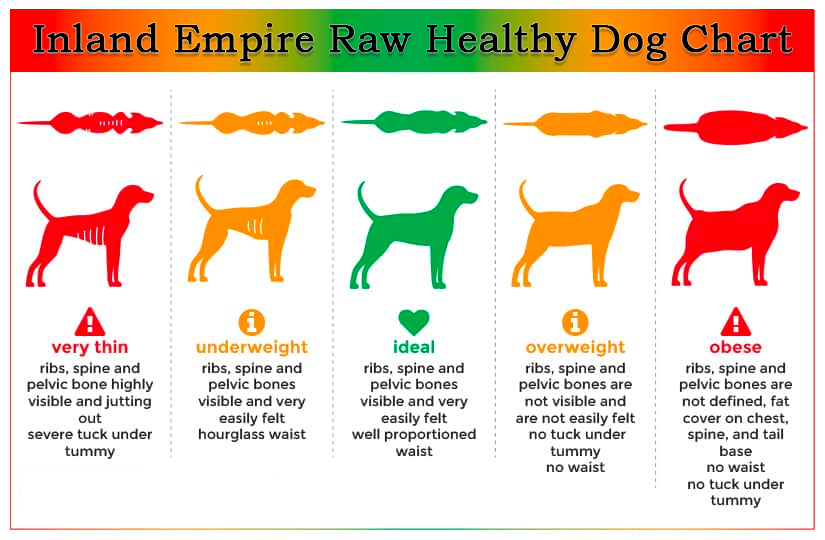Fighting Dog Obesity: Fitness Tips for Fat Dogs
Identify the Source of the Obesity
Why is your dog overweight? This is the question you need to ask yourself when trying to combat dog obesity. Is this a bad reaction to a medication? Is it a lack of activity? Improper dieting? Think about all of the reasons why your dog may be overweight, and then tackle each of them individually.
Practice Portion Control
Rather than eyeing how much food you give your dog, try practicing proper portion control. Whether you feed your dog wet food, dry food, or raw food, there should be a portion guide somewhere on the packaging that explains how much your dog can get based on age and weight. You can break the portion up into two meals a day or feed it to him all at once, depending on your preference. But, if you are trying to reduce his weight, you definitely need to monitor his food intake so free feeding is not an option. If you are free feeding, you’ll need to pick up the bowl after five or ten minutes. If the dog has not eaten, that’s okay, just put the food down again later in the day.
Portion control can not only help you control your dog’s weight, but it can also prevent your dog from getting obese if he is at a healthy weight right now. If you have been feeding your dog way too much food, you may need to taper the portions down over the course of a couple weeks to get your dog used to smaller portion sizes.
Keep Your Dog Active
Dogs need physical activity just like humans do. There are dozens of ways you can keep your dog active, from a simple walk around the neighborhood to playing fetch in the park. You may have to change your activities throughout the year based on the weather, but the goal is always to make your dog exercise. If your dog is already obese, he may not have the energy to go through extensive activities. Do as much as you can with him, even if that means walking up and down a small flight of stairs a couple times a day. Over time, his stamina will build up so he can get back to his normal weight.
Adjust Your Dog’s Diet
No fitness tips for fat dogs would be complete without talking about diet. Even with proper portion control, some dogs continue to gain weight because of the type of food they are being fed. Low quality dog foods are mostly comprised of filler ingredients that do nothing for your dog’s health and weight. Or, they contain an overabundance of high carbohydrates. Obese dogs are usually put on high protein, high fiber, low carbohydrate diets to help them reach a healthy body weight. This combination provides the dog with maximum nutrition for each calorie consumed. If your dog has other health issues, you may need to speak with your vet about which foods will be best for his specific needs.
Your dog has no ability to deal with constant, excess starch and sugar. The typical intake of carbohydrates in the wild would be approximately 4% with dogs consuming meat, fish, plants and berries. Today’s commercial dry foods consist of up to 40%. It’s pretty easy to see how obesity can quickly get out of control.
Monitor Your Dog’s Weight
Don’t let a weight problem go unnoticed. If you think your dog is starting to gain weight, monitor it and take control early on. If your dog is already overweight, track the progress of his diet and exercise so you can see what is working the best for him. As long as you stay adamant about getting your dog to a healthy weight, you can fight dog obesity and extend the lifetime of your dog.

